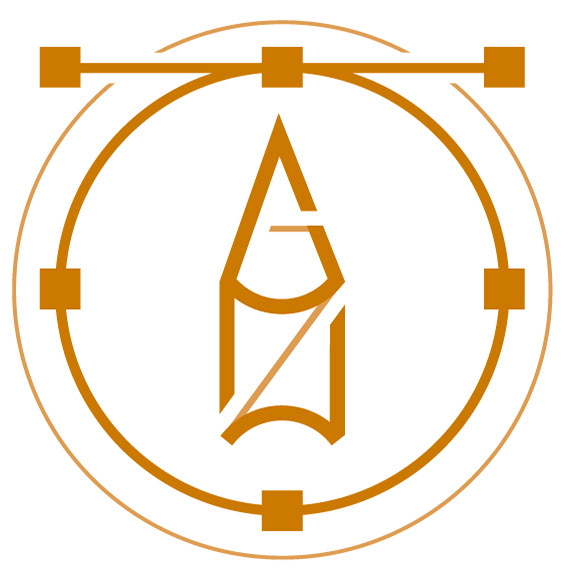The following summary represents my workflow and what I produced as an individual for the Group project:
Modelling process:
The modelling started with block outs after some agreement. The mesh refining process is followed by re-topology of the meshes by using Maya and Zbrush. The Frog Clock and the Drawing table went through a few alterations in the stylization process, just like all other meshes. Like softening the edges by adding bevels. I also prepared the character’s base mesh for one of the group member in Zbrush.
Mesh Clean up:
The mesh clean-up and optimization were done before the mesh can get to the next stage – the Uving.
I did this process for all the meshes, to achieve style consistency and by deleting extra faces reducing the rendering time. UVing was done manually, and size- percentage for resolution had to be considered based on the finalized camera shots.
I did this process for all the meshes, to achieve style consistency and by deleting extra faces reducing the rendering time. UVing was done manually, and size- percentage for resolution had to be considered based on the finalized camera shots.
Simulation:
Apart from modelling I had to find solutions to replicate a used bed look by creating wrinkles and folds on the blanket and the cloth in a box and crumpled paper in the wired bin, to achieve this effect I experimented with the cloth simulation in Maya.
Texturing
References for modelling and texturing were gathered from various sources from realistic, stylized assets.
The main inspiration for texturing was a mixture of gouache and watercolour painted-on look. I begin the texture experimentation along with the modelling process.
The main inspiration for texturing was a mixture of gouache and watercolour painted-on look. I begin the texture experimentation along with the modelling process.
I created the textures by using Substance painter, Photoshop, Fresco, and Illustrator for additional texturing.
After some experimentation the ceramic, wood texture was established. I created the textures based on them for all the other asset materials in the environment, so the colour range, saturation, and surface details will be in a cohesive style. I paid extra attention to the surface details, so the materials will remain recognizable regardless of the stylized look. I created additional details with Illustrator and Photoshop that were later added to the textures such as Logo design, packaging designing, some of the paper layout design for the Corkboard. Such as the Flyers, and sticky notes. I used images from Freepick website for the Blueprints, Pizza menu, Birthday card.
After some experimentation the ceramic, wood texture was established. I created the textures based on them for all the other asset materials in the environment, so the colour range, saturation, and surface details will be in a cohesive style. I paid extra attention to the surface details, so the materials will remain recognizable regardless of the stylized look. I created additional details with Illustrator and Photoshop that were later added to the textures such as Logo design, packaging designing, some of the paper layout design for the Corkboard. Such as the Flyers, and sticky notes. I used images from Freepick website for the Blueprints, Pizza menu, Birthday card.
Light Setup - Light and Frog clock animation
I stated the light setup with the Frog Clock handle animation as it has both the day and night light setup that can be transformed for all the other shots. The time passage and the colour hue had to match with the period of the day that started from 3 pm and finished at 11 pm. Intensity and Exposure as well as the colour temperature played a key role in setting the aesthetics. Volumetrics helped to capture the Moonlight effects as well as the table lamp light rays to set a gloomy atmosphere. The flickering of the lamp was made by simple keyframes with no ease in and ease out values that replicated the effect to set the mode for the Monster hand animation.
Render setup
I setup the AOV passes for the lights with other passes and did some test rendering with Arnold renderer of the Frog Pan animation. That was the first shot with the complete list of AOVs. Maya couldn’t render the simulations and the character animation with the environment together. Alpha AOV pass was created for the simulations and the character animation as a mask.
Helping with compositing:
I finished the opening shot of the animation by using Photoshop image sequencer as Nuke couldn’t import the alpha layer for some reason and some other AOvs were created in Maya.
I finished the opening shot of the animation by using Photoshop image sequencer as Nuke couldn’t import the alpha layer for some reason and some other AOvs were created in Maya.
Main roles:
Hard surface Modelling, Mesh optimization, UVing,
Texturing, Light Setup, Render setup
Texturing, Light Setup, Render setup
SECONDARY ROLES:
Light animation, Frog Clock handle animation,
Cloth simulation in Maya
Cloth simulation in Maya
Genre: Fantasy realism
This video is my edit of the best shots from The Blot short film that we created as a group.
This video is a collection of captures from Substance 3D Painter I used for texturing and the 3D scene created in Maya.
